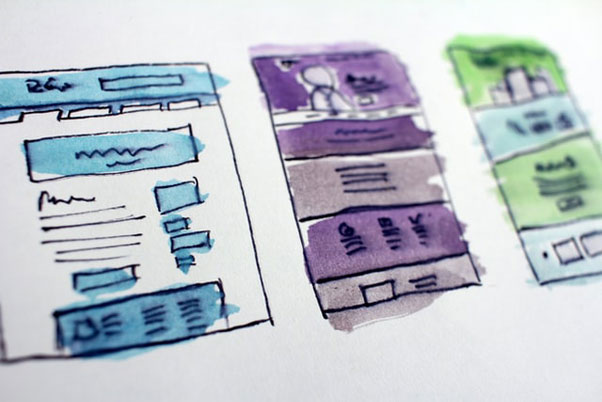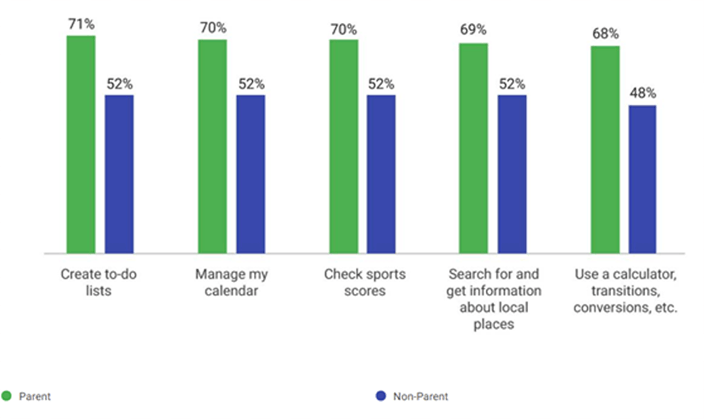Whether you are a small-scale retailer operating in a local market or looking to expand into international waters, UX design of your online storefront matters. According to Tech Jury, 52% of users said that the main reason for never returning to a website is due to its aesthetics. Only 1% of users stated that an ecommerce website met all of their expectations, which makes the reevaluation of UX design standards a modern-day necessity.

This is where cognitive psychology comes into play, as it can help humanize your retail brand and make its online presence more appealing. Additionally, data by Small Biz Genius indicated that 88% of online customers wouldn’t return to a website after bad initial user experience.
There is a negative side to cognitive psychology in UX design, and it relates to so-called dark pattern design choices
With so many brands selling products online already, now’s the time to up your game and implement cognitive psychology into UX design. Let’s take a closer look at why you should do so, as well as the most practical ways of using cognitive psychology in UX design.
Benefits of Cognitive Psychology in your UX Design Efforts
Let’s start from the top and discuss what cognitive psychology is all about. By definition, cognitive psychology is the science behind our mental abilities – perception, learning, memorization, reasoning, and understanding. As such, its implementation into visual content, UX design, and sales-oriented services can be extremely useful. After all, humans fall into the same psychological principles by design, making it easy for marketers to rely on tried-and-tested emotional triggers.
Based on Top Tal, 94% of first impressions of a website are design-related, with 75% of users judging a site’s credibility based on visual design. Using simple and practical cognitive psychology principles in your retail business’ website can quickly elevate its appeal to new and recurring customers. Thus, some of the benefits you can look forward to going forward include:
- Higher customer engagement and retention rates
- Better brand perception and word of mouth
- Higher SEO ranking in global search engines
- Easier website management and interaction analytics
Practical Cognitive Psychology UX Design Tips for Retailers
1. Write a UX Design Brief
The best place to start in terms of applying cognitive psychology to your retail website is to audit its current status. To do this, you can create a rudimentary UX design brief which will outline your future goals.
A UX design brief is a standard document which relates to what actions your design team will take in regards to website redesign going forward. It should contain information on available budget and resources, deadlines, target audience, as well as your product portfolio. This data will give your marketing team plenty of information to work with when it comes to understanding your audience’s psychological triggers.
2. Simplicity & Clarity of Information
Visual clutter will always drive away potential customers from your retail website, no matter your brand reputation. You can declutter your website by using pre-made eCommerce themes designed for comfortable online shopping or opt for a DIY method.
If you choose the latter, arrange your products in distinct categories and rely on a grid-like structure with filtering options such as “Newest first”. Don’t ask for mandatory registration and confirmation before checkout – allow users some freedom to explore the storefront before commitment. UX design is all about flexibility and accessibility – make your website’s layout as simple as possible to facilitate that.
3. Standardise your Style Guide
Your retail brand’s style guide speaks volumes of what kind of a company you are running. The role of a style guide is twofold – it standardizes your visual identity and allows for easy outsourcing of graphic design and content marketing services.
We can turn to Pepsi’s style guide to get a better sense of what kind of information the document should contain. Start by choosing a set of colors and fonts which will be used throughout your ecommerce store, social media, email, and other communication channels. Doing this will create a uniform, cohesive UX design for your retail brand in the eyes of both existing and future customers.
4. Create a Sense of Urgency
Sense of urgency is a big part of what makes cognitive psychology so uniquely suited for application in online retail. If we look at a website such as Book Depository, we can spot lucrative deals and purchase suggestions on the website’s landing page. Coupled with striking visuals and calls to action, you can create a sense of urgency with visitors in order to nudge them into a purchase.
Fear of missing out is another great example of how cognitive psychology can be utilised to make your website’s UX design more action-oriented. Limited-time offers, discount coupons, and themed sales can do wonders for your engagement and conversion going forward. Look for ways to offer value to your customers while also urging them to “buy now rather than later” through clever writing.
5. Avoid Dark Pattern UX Design
There is a negative side to cognitive psychology in UX design, and it relates to so-called dark pattern design choices. Dark patterns are UX design decisions which aim for short-term gain and try to trick customers into actions they would rather not perform. For example, hiding the Unsubscribe button from your email content is a form of dark pattern UX design.
Or, in case of retail websites, omitting to tell customers about shipping costs and surprising them with the final charge is also a dark pattern. Do not rely on dark pattern design in your UX design decisions. While you may achieve some form of short-term success, customers will figure out your intentions and cause a public outcry, leading to poor brand reputation. Be transparent about your offers, how much each item costs, and what it can do for the customer – the rest is up to individual users.
Building a Brand Experience (Conclusion)
Each step you take to improve your website’s UX design will be a step closer to your customers’ long-term loyalty. Cognitive psychology is a reliable tool to use in terms of improving the appeal of your website, both visually and functionally. Start by auditing your website’s current state and look for ways to build on the existing foundations. While you may not convince every customer to trust you with their time and money, those that do will be worth the UX design effort.
Image source: https://unsplash.com/photos/tZc3vjPCk-Q






